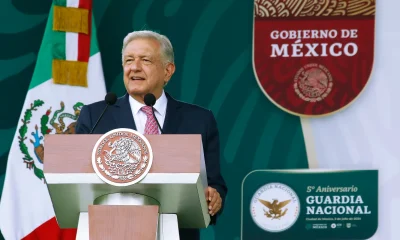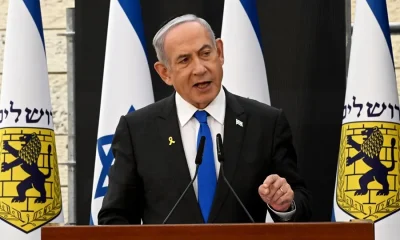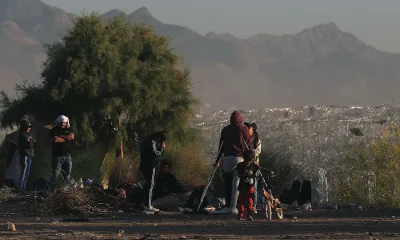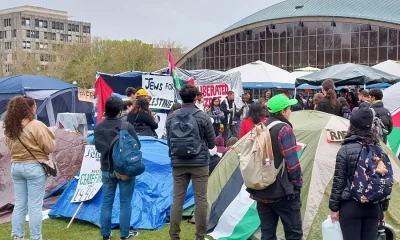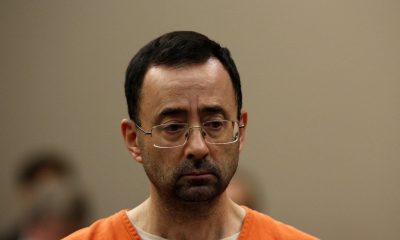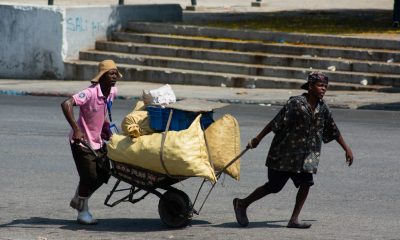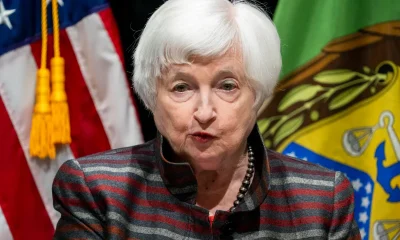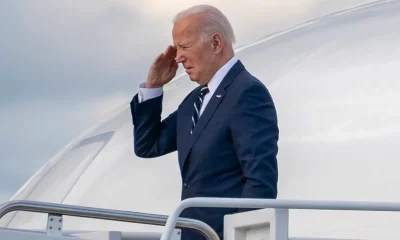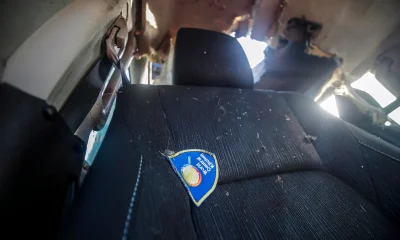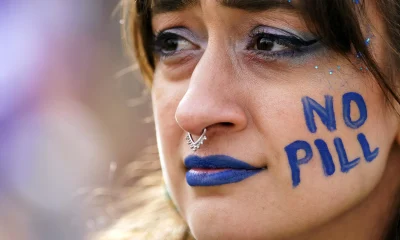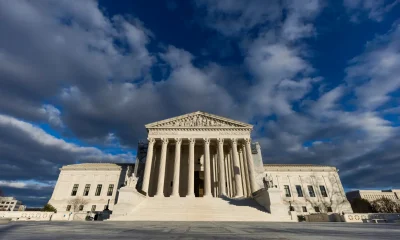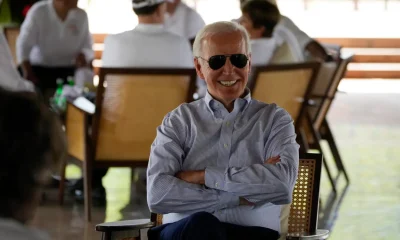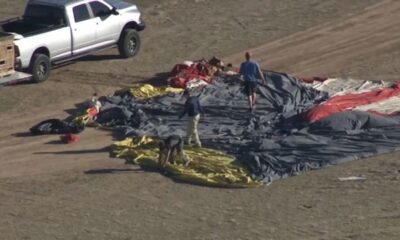International
The United States Supreme Court gives Texas free rein to arrest and expel migrants
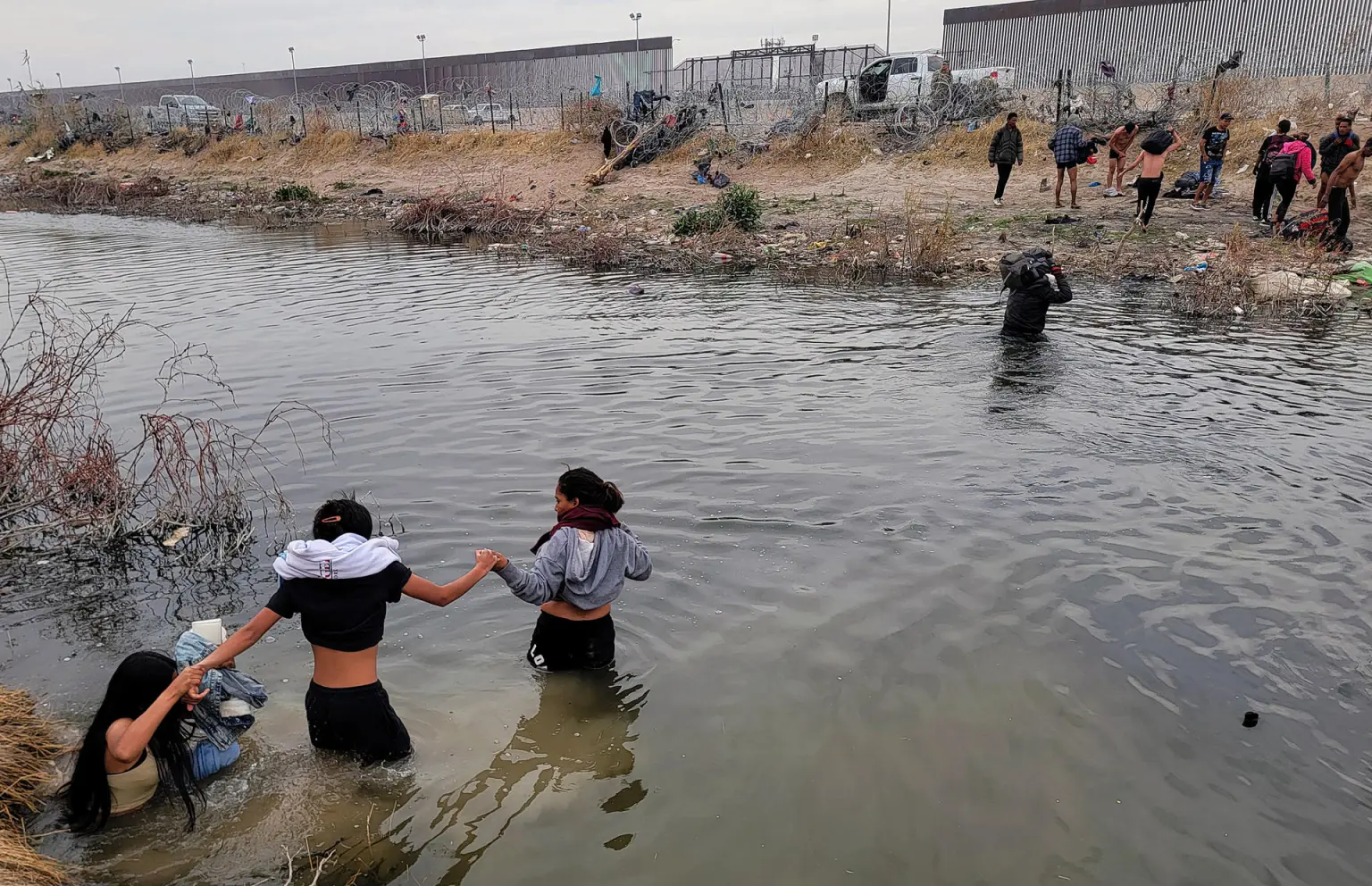
The Supreme Court of Justice ruled on Tuesday in favor of the state of Texas allowing it to enter into force of a law that allows the Police to arrest and expel migrants suspected of irregularly entering the United States.
The legislation, known as SB4, may enter into force while the arguments of a lawsuit filed by the Government of President Joe Biden and organizations defending migrants are heard.
The case reached the highest court after a legal battle undertaken by the Biden Administration and advocates of immigrants led by the American Civil Liberties Union (ACLU), who allege that the initiative is unconstitutional.
The plaintiffs had asked the Supreme Court to stop the implementation of the measure while the case was being settled in the Fifth Circuit of Appeals. On Monday, Judge Samuel Alito had blocked the law indefinitely, waiting for the plenary to vote on this request.
On Tuesday, the six conservative judges voted in favor of Texas, allowing the law to take effect while a final ruling is given in the case.
Texas Attorney General Ken Paxton applauded the high court’s decision in a message in X. “Texas has defeated the emergency motions of the Biden Administration and the ACLU,” and stressed that the law is already in force.
The law, one of the most drastic anti-immigrant measures in the history of the United States, makes it a misdemeanor that a foreigner “enters or attempts to enter the state from a foreign nation” irregularly. The offense becomes a serious crime, punishable by up to 20 years in prison, if the offender is a repeat offender.
The initiative also allows the state Justice to order the expulsion of people without legal process. Likewise, police officers will be able to arrest any individual they suspect that he entered the country illegally, and will have the discretionary power to expel him to Mexico instead of arresting him.
Initially, the measure promoted by the governor of Texas, Republican Greg Abbott, was supposed to enter into force on March 5, but a federal judge sided with the plaintiffs and banned it.
The Texas prosecutor, Ken Paxton, took the fight to the Fifth Circuit of Appeals where he obtained support, so the plaintiffs went to the Supreme Court to prevent the law from entering into force asking for an emergency motion, which was finally denied.
Anand Balakrishnan, lead lawyer of the ACLU Immigrant Rights Project, described Tuesday’s decision as “disappointing.”
The lawyer added in a statement that the law “threatens the integrity of our nation’s immigration laws and the fundamental principles of due process” so they will continue to fight until they defeat it.
International
Police investigate deaths of Rob Reiner and wife as apparent homicide

The Los Angeles Police Department (LAPD) is investigating the deaths of Hollywood actor and filmmaker Rob Reinerand his wife as an “apparent homicide,” amid a wave of tributes to the director of classics such as When Harry Met Sally.
According to U.S. media reports on Sunday, Rob Reiner and Michele Singer Reiner were found dead at their Los Angeles mansion with what appeared to be stab wounds.
Several political figures shared messages of condolence following the reported deaths of the director of A Few Good Menand his wife.
While the LAPD did not officially confirm the identities of the victims, it stated that homicide detectives were dispatched to the Reiner residence.
“At this time, no additional details are available and the investigation into an apparent homicide is ongoing,” the Los Angeles Police Department said in a statement posted on social media.
LAPD Deputy Chief Alan Hamilton told reporters that no arrests have been made and that no individuals are currently being questioned as suspects.
“I’m not going to confirm whether anyone is being questioned at this moment or not. We are going to try to speak with as many family members as we can,” Hamilton said.
CNN reported that a family spokesperson confirmed the deaths of Reiner and his wife.
California Governor Gavin Newsom, former U.S. President Barack Obama, and former Vice President Kamala Harrisissued statements expressing their condolences.
International
U.S. and Mexico Reach Deal to Address Water Deficit Under 1944 Treaty

The United States and Mexico have reached an agreement to comply with current water obligations affecting U.S. farmers and ranchers and for Mexico to cover its water deficit to Texas under the 1944 Water Treaty, the U.S. Department of Agriculture said in a statement.
The department уточified that the agreement applies to both the current cycle and the water deficit from the previous cycle.
On Monday, U.S. President Donald Trump accused Mexico of failing to comply with the water-sharing treaty between the two countries, which requires the United States to deliver 1.85 billion cubic meters of water from the Colorado River, while Mexico must supply 432 million cubic meters from the Rio Grande.
Mexico is behind on its commitments. According to Washington, the country has accumulated a deficit of more than one billion cubic meters of water over the past five years.
“This violation is severely harming our beautiful crops and our livestock in Texas,” Trump wrote on Monday.
The Department of Agriculture said on Friday that Mexico had agreed to supply 250 million cubic meters of water starting next week and to work toward closing the shortfall.
Agriculture Secretary Brooke Rollins, quoted in the statement, said Mexico delivered more water in a single year than it had over the previous four years combined.
Trump has said that if Mexico continues to fall short of its obligations, the United States reserves the right to impose 5% tariffs on imported Mexican products.
Mexico’s Deputy Foreign Minister for North America, Roberto Velasco, said that a severe drought in 2022 and 2023prevented the country from meeting its commitments.
International
Several people shot in attack on Brown University campus

Several people were shot on Saturday in an attack on the campus of Brown University, in the northeastern United States, local police reported.
“Shelter in place and avoid the area until further notice,” the Providence Police Department urged in a post on X. Brown University is located in Providence, the capital of the state of Rhode Island.
U.S. President Donald Trump said on his social media platform Truth Social that he had been briefed on the situation and that the FBI was on the scene.
At 5:52 p.m. local time (11:52 p.m. GMT), Brown University said the situation was still “ongoing” and instructed students to remain sheltered until further notice.
After initially stating that the suspect had been taken into custody, Trump later posted a second message clarifying that local police had walked back that information. “The suspect has NOT been apprehended,” the U.S. president said.
-

 International5 days ago
International5 days agoWashington declares State of Emergency as atmospheric river brings severe flooding
-

 International5 days ago
International5 days agoU.S. to require five-year social media history from tourists under Visa Waiver Program
-

 Central America4 days ago
Central America4 days agoHonduras election crisis deepens as CNE president denounces intimidation attempts
-

 Central America5 days ago
Central America5 days agoOAS and EU urge honduran political actors to respect vote results and avoid unrest
-

 International4 days ago
International4 days agoCuba battles out-of-control dengue and chikungunya epidemic as death toll rises to 44
-

 International4 days ago
International4 days agoColombia says it would not reject Maduro asylum request as regional tensions escalate
-

 International2 days ago
International2 days agoSeveral people shot in attack on Brown University campus
-

 International14 hours ago
International14 hours agoPolice investigate deaths of Rob Reiner and wife as apparent homicide
-

 Central America1 day ago
Central America1 day agoPanama seizes over three tons of drugs hidden in Caribbean port container
-

 International4 days ago
International4 days agoEcuador on track for record violence as homicides hit highest level in Latin America again
-

 International5 days ago
International5 days agoSix ecuadorian soldiers jailed pending trial for alleged extrajudicial execution
-

 Central America14 hours ago
Central America14 hours agoOAS urges swift recount in Honduras as election results remain uncertain
-

 International2 days ago
International2 days agoU.S. and Mexico Reach Deal to Address Water Deficit Under 1944 Treaty

























